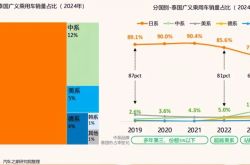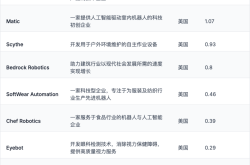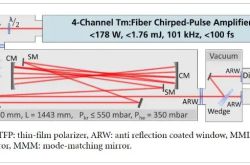$11 Billion Unicorn in Low-Altitude Economy Touches Down in Qingdao
![]() 07/09 2025
07/09 2025
![]() 575
575
Qingdao's low-altitude economy industry is making another significant stride forward.
On June 19, the 6th Qingdao Multinational Corporations Leaders Summit hosted a forum dedicated to general aviation and the development of the low-altitude economy, with cities such as Jinan, Qingdao, Yantai, Weihai, Rizhao, and Binzhou discussing potential cooperation opportunities in this burgeoning sector.
Subsequently, on June 22, XPeng HT Aero held a cooperation framework signing ceremony with Qingdao Qingtie Low-Altitude Industry Development Co., Ltd. (abbreviated as "Qingtie Low-Altitude"), Shandong Island City Wings Low-Altitude Economy Development Co., Ltd. (abbreviated as "Island City Wings"), and Shandong Qilu Zhiyi Low-Altitude Economy Development Co., Ltd. (abbreviated as "Qilu Zhiyi"), aiming to jointly advance the expansion and construction of low-altitude flying car application scenarios.
Qingtie Low-Altitude is a wholly-owned subsidiary of Qingdao Metro Group, whose proposed primary business focuses on the low-altitude economy industry.
The other two companies are established partners of XPeng HT Aero. Based on past collaborations, they serve as ecological partners, somewhat akin to market promotion partners specifically tasked with identifying and expanding application scenarios for flying cars.
Qingdao boasts a relatively comprehensive industrial foundation in the realm of the low-altitude economy. However, the key to fostering this economy lies not solely in the industrial base but also in Qingdao's ability to pioneer the development of professional application scenarios for low-altitude flights and provide related supporting services.
It's crucial to note that opening up these professional scenarios transcends a mere sales mindset and cannot be confined to merely registering a sales company. Instead, it should be viewed as an indispensable path for the experimentation, feedback, and improvement of the low-altitude economy.
(Related reading: After three years of grounding, Liuting Airport is about to take off vertically)
XPeng HT Aero's establishment in Qingdao presents a novel opportunity for the city, which is currently prioritizing the development of a "land, sea, and air" low-altitude economy scenario.
According to related reports, the four companies will harness their respective professional strengths in areas such as infrastructure support, scenario application, and digital management to collaboratively explore a new ecosystem for flying cars in Qingdao.
1
As one of the pioneering technology enterprises to enter the flying car race, XPeng HT Aero was spun off from Dongguan HT Aero Technology Co., Ltd. (abbreviated as "HT Aero Technology"), founded in 2013.
In 2020, HT Aero Technology achieved a significant milestone with the successful maiden flight of its self-developed flying motorcycle.
That year, He Xiaopeng, the founder of XPeng Motors, and XPeng Motors invested in and took control of HT Aero Technology. In December of the same year, Guangdong HT Aero Aerospace Technology Co., Ltd. (abbreviated as "XPeng HT Aero") was established, transforming into an ecological enterprise of XPeng Motors, and relocating its headquarters from Dongguan to Guangzhou.
Today, XPeng HT Aero has successfully developed five generations of intelligent electric manned aerial vehicle products, growing into Asia's largest flying car company and being selected for the "2024 Hurun Global Unicorn Index" with a corporate valuation of $11 billion.
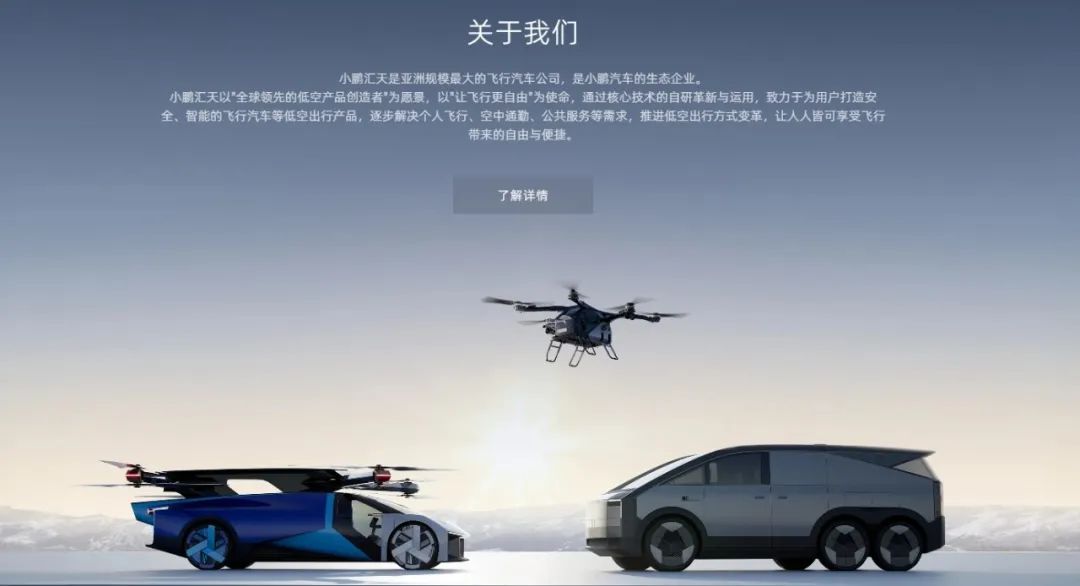
Taking the "Land-based Aircraft Carrier," first launched in October 2023, as an example, it completed its first public flight globally in November of last year. Currently in the airworthiness certification stage, the "Land-based Aircraft Carrier" has received nearly 5,000 advance orders and is anticipated to achieve mass production and delivery in 2026.
XPeng HT Aero has partnered with three companies for its Qingdao venture.
Among them, Qingtie Low-Altitude was established on June 18, 2025, with a registered capital of 15 million yuan, and serves as an indirectly wholly-owned subsidiary of Qingdao Metro Group.
Qingdao Metro Group, which envisions constructing a new paradigm integrating the "rail transit + low-altitude economy" dual industries, is currently accelerating investment, construction, and operation of low-altitude infrastructure.
Last November, Qingdao Metro Group spearheaded the establishment of the Qingdao Low-Altitude Economy Alliance and promoted the creation of a 1 billion yuan low-altitude economy industry fund. On December 27, the unveiling ceremony of Tonghao Qingtie Low-Altitude Transportation (Qingdao) Technology Co., Ltd., jointly founded by Qingdao Metro Group, Tonghao Urban Rail Transit Technology Co., Ltd. (a wholly-owned subsidiary of China Railway Signal & Communication Corporation), and Qingdao Collaborative Innovation Research Institute Investment Management Group Co., Ltd., was held.
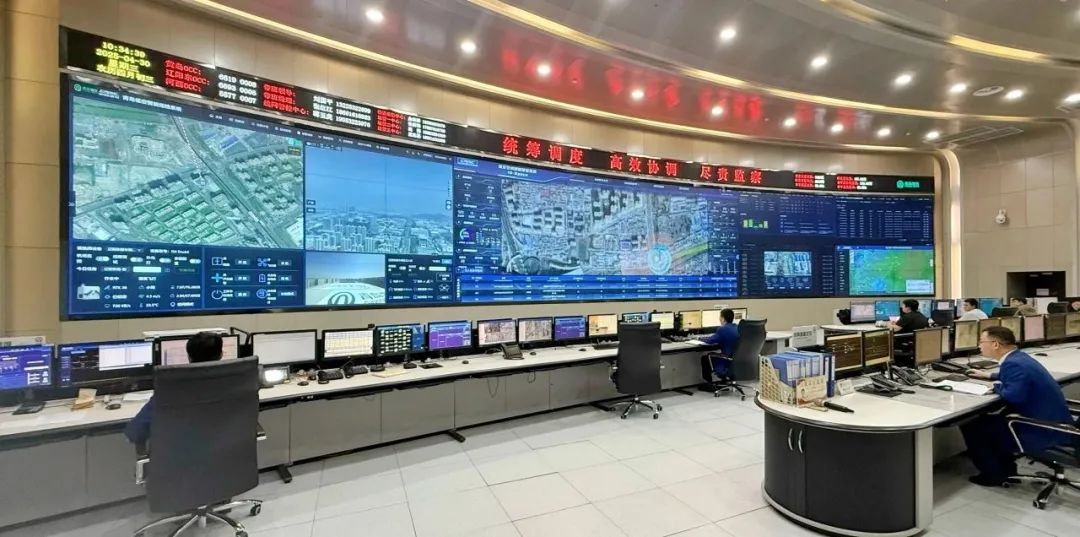
Currently, the Qingdao Low-Altitude Flight Supervision and Service Platform, jointly developed by Qingdao Metro Group and China Railway Signal & Communication Corporation, has been deployed.
Furthermore, in May of this year, Qingdao Metro Group signed a strategic cooperation agreement with Qingdao Cihang Airport to plan and construct a "low-altitude + general aviation" demonstration park integrating low-altitude logistics, services, research and development, and experience, aiming to forge a low-altitude economy industrial chain and ecosystem with distinct Qingdao characteristics.
Island City Wings and Qilu Zhiyi are both long-standing partners of XPeng HT Aero.
The XPeng HT Aero X2 Traveler Exhibition held last September was co-hosted by the Shinan District Government, Qingdao Haiming Urban Development Co., Ltd., Island City Wings, and Qilu Zhiyi.
2
Entering 2025, the new low-altitude infrastructure system, comprising physical infrastructure like general airports, vertical take-off and landing sites, drone nests, charging and swapping stations, and transfer hubs, along with information infrastructure encompassing communication, navigation, surveillance, and meteorological warning systems, is swiftly emerging as a key development direction being promoted by various regions.
Industry insiders contend that the realization of a large-scale low-altitude economy in daily life is currently constrained not by technical factors but by commercial operation scenarios and application costs.
Taking the field of low-altitude sightseeing as an illustration, according to incomplete statistics, only 0.1% of A-level scenic spots nationwide offer low-altitude sightseeing experiences.
Let's consider Qingdao's position. Although Qingdao's low-altitude economy industry started relatively early, there is still a notable gap compared to the first batch of national low-altitude economy pilot cities such as Hefei, Hangzhou, and Shenzhen in terms of scenario application construction and basic hardware facility development.
Using low-altitude infrastructure as an example, Shenzhen has currently established 249 take-off and landing points, Suzhou has constructed 102, and plans to build over 500 by the end of the year; Hangzhou's low-altitude traffic management service platform supports 1.8 million flights annually.
While Qingdao has already built and commissioned four general airports, it significantly lags behind pioneer cities in terms of airspace openness and the number of take-off and landing points.
The key for Qingdao to bridge this gap hinges on the construction of professional and open scenarios.
Professional and open scenarios not only provide a genuine "test bed" for technology implementation but also assist the city in capturing the high ground of the low-altitude economy industry, facilitating the transition of the industrial chain from "single-point breakthrough" to "system integration" by linking research and development, manufacturing, and operational links.
The "Qingdao Implementation Plan for Promoting High-Quality Development of the Low-Altitude Economy," released last October, emphasized the need to open up diverse scenarios, create marine-themed low-altitude demonstration scenarios, establish a low-altitude intelligent logistics network, expand urban air traffic formats, and introduce new low-altitude consumer market formats, thereby accelerating low-altitude economic empowerment.
From this perspective, XPeng HT Aero's establishment in Qingdao also epitomizes Qingdao's acceleration of scenario-driven development.
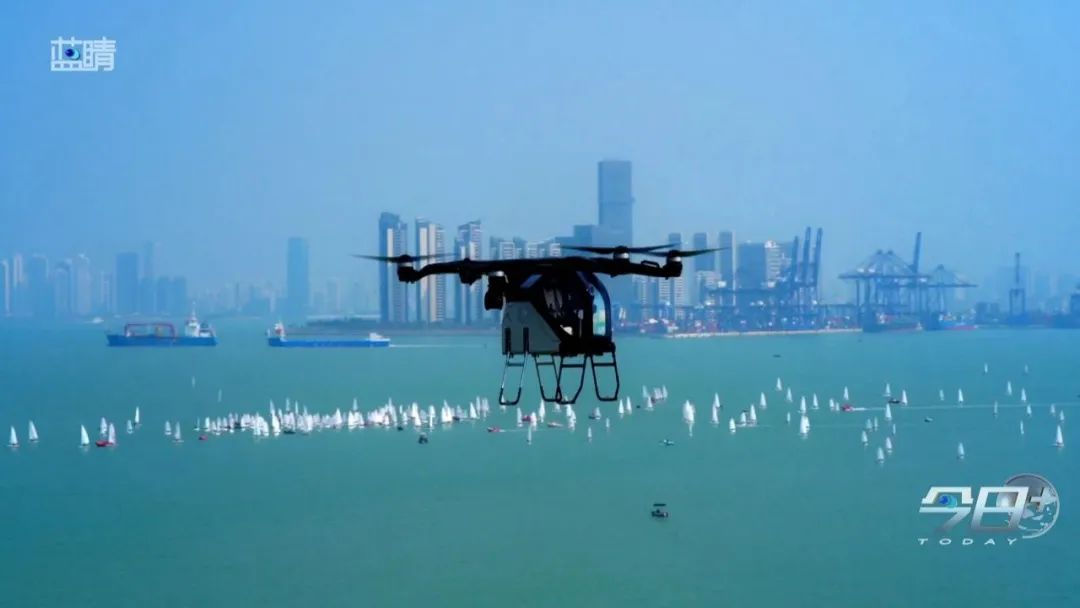
According to the plan, XPeng HT Aero will focus on four directions: "low-altitude + cultural tourism" scenario innovation, smart flight camp construction, exhibition and sales center co-construction, and brand joint promotion, aiming to establish 2 flying car application demonstration sites and over 10 take-off and landing points.
However, for Qingdao, this collaboration cannot be confined to sales-oriented ideas such as exhibition and sales center co-construction and brand joint promotion. It must also leverage its rich marine, logistics, urban transportation, and other scenario advantages to propel innovation and development across the entire industry and scenarios.
Among the 10 typical scenarios for commercial low-altitude economy flights planned by Qingdao, flying cars can seamlessly integrate into fields like medical rescue and obstacle-crossing transportation, which perfectly align with the core application areas of XPeng HT Aero's "Land-based Aircraft Carrier."

